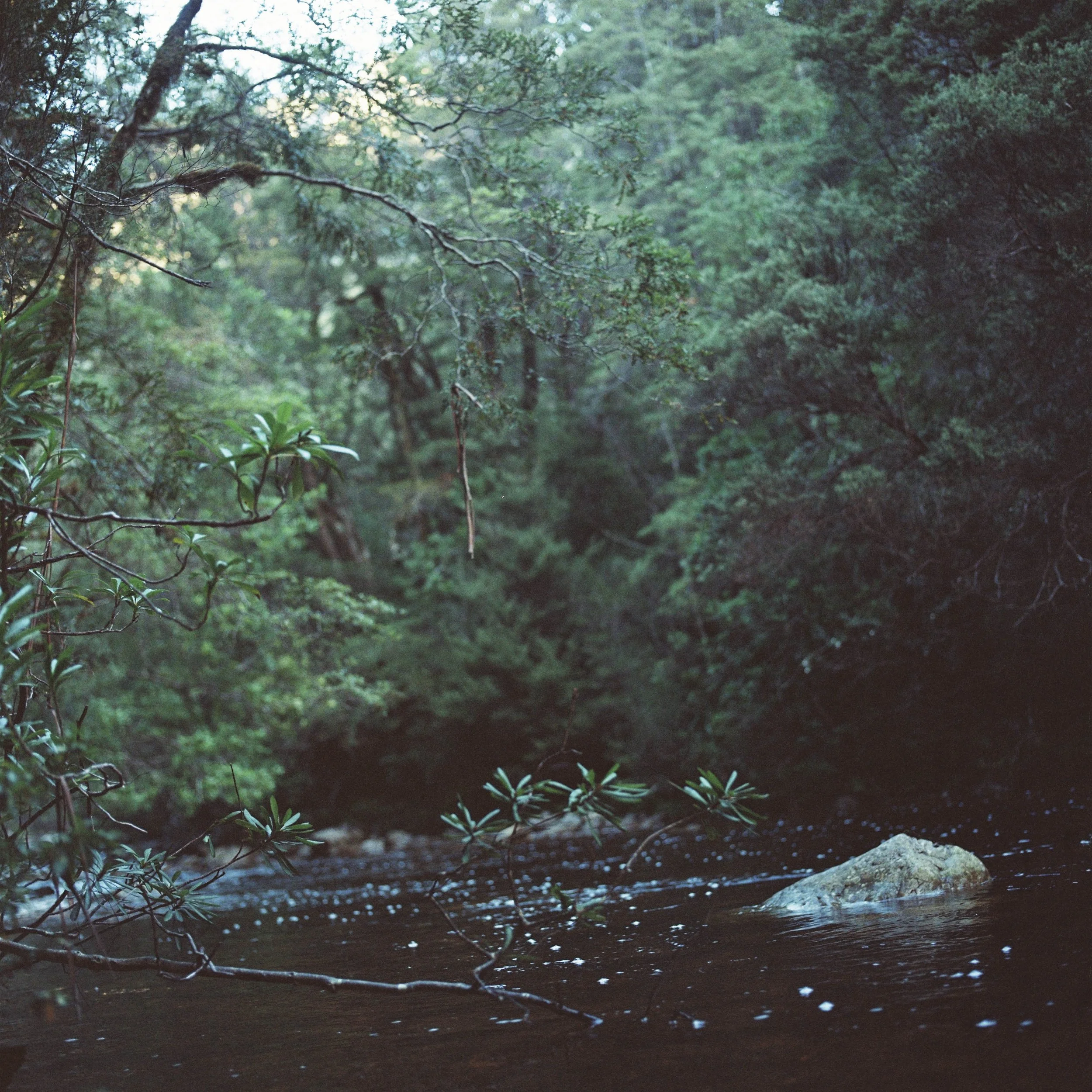Fear exists to keep us safe. Without it, we would be tempted to jump off tall objects, pull the tail of large cats and take corners in our cars at a faster speed than advisable. Fear stops us from taking actions that may cost our lives. Some of the time.
Fear is good when it stops us becoming hurt, maimed or dead. Fear is bad when it comes to rule our lives. Fear is good when it makes us realise we are about to do something we are going to regret. Fear is bad when it stops us doing something that is within our ability and could lead to growth and development. Fear is good when it makes us realise we are about to walk into a trap. Fear is bad when it makes us treat other people as if they were inferior due to them being different. Fear is good when it makes you double check that your carabiner is locked before you hang off a cliff with it. Fear is bad when it makes you freeze during a crucial moment and you are unable to take action to save someone’s life. Fear is bad when it makes you treat other people badly because they are different to you. Fear is good when it helps you survive.
Fury River. Hasselblad 500CM, April 2023.
I have feared flowing water ever since I had a close call crossing the Howqua River in Victoria on a bushwalk and came close to being washed away. This happened over ten years ago. It seemed absurd at how quickly things turned from calm to chaos. One moment, I was in control, a moment later, the river was in control of me. The lesson at the time seemed to be, stay away from fast flowing water. And I did. For over ten years. But the time has come for me to face my fear of white water.
Gordon Gates. Hasselblad 500CM, June 2020.
To follow in the wake of the great Tasmanian wilderness photographers, I need to learn how to take long river journeys. Both Peter Dombrovskis and Olegas Truchanas knew how to paddle white water. They did it to access places that were not accessible otherwise. They understood the risks and took them anyway. Once, Olegas got washed down a waterfall on the Serpentine River and lost everything, including his pants. He had to walk out through the scrub by stepping through the arms of his raincoat.
Years later, Olegas drowned in the Gordon River, the river he was trying to save. He fell in while attempting to get out of his kayak on the river bank. After a three day search, which involved the building of a miniature dam with bulldozers to lower the river, Peter Dombrovskis was the one who spotted his body, wrapped around a tree. The year was 1972. * The Gordon Dam was completed in 1974.
In 1979, Peter Dombrovskis took the photograph Morning Mist, Rock Island Bend’. This image was used successfully in the campaign to save the Franklin River from being flooded by the proposed ‘Gordon-below-Franklin’ Dam. This dam was never built.
*From ‘The world of Olegas Truchanas’, Max Angus
-A.S. 26.10.24, Lenah Valley.
The Gordon Gorge. Hasselblad 500CM, June 2020.



